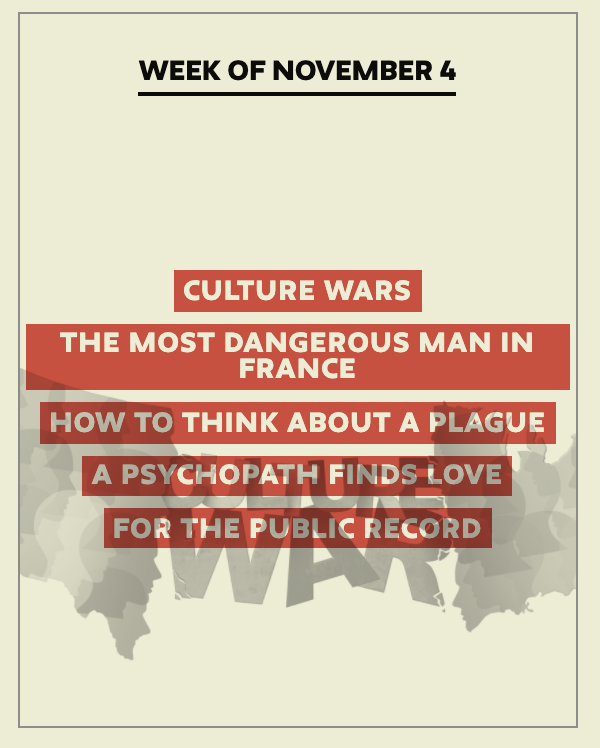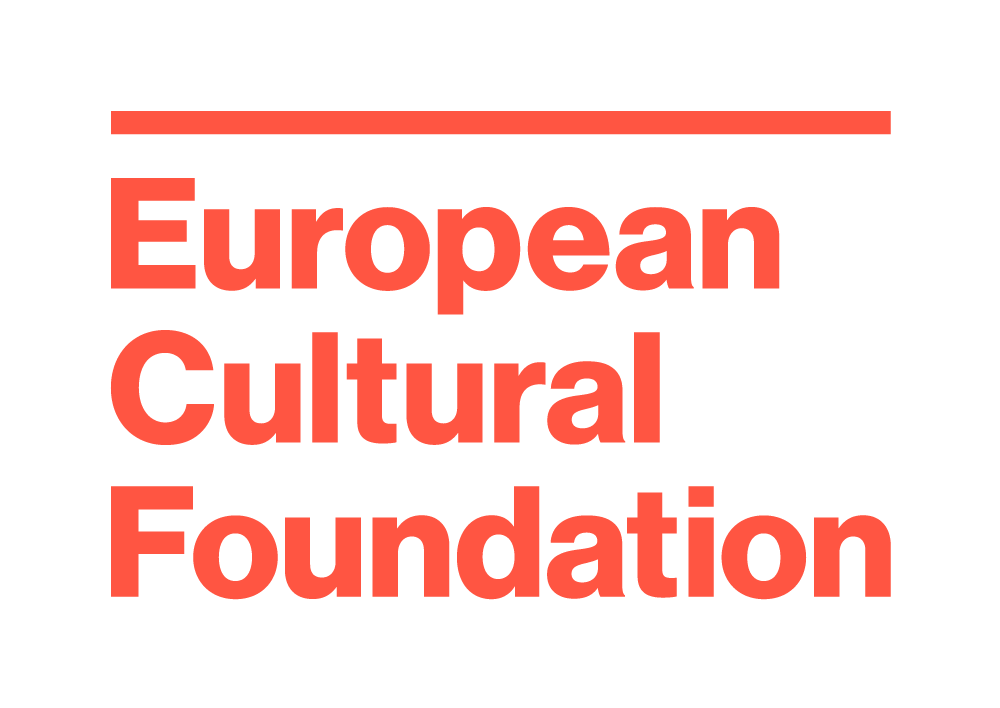How COVID-19 became a ‘crisis’
A virus and its impact described in closed terms: when under pressure, socio-political narratives often become divisive; perceptions can become negatively transfixed. To understand what has gone wrong right now, we need look at how the problem is framed.
But wait — what does it mean to call an open-ended event that is playing out over a period of years a ‘crisis’? If humans live with viruses, how is COVID-19, and the diseases it triggers, a crisis for the human species and our wellbeing?
At its most basic level, a ‘crisis’ is a narrative device: it delineates a beginning and an end to an event — something that is practically impossible in the case of a disease. But a “crisis” is also a concept, one that presumes a clash or a contradiction between opposing forces. We declare crises to make History: we use the term crisis to indicate the significance of a particular event or phenomenon, to qualify that event as a diversion from the normal path or as a structural conflict that creates change.
Given this definition, what else could a global pandemic be called, but a crisis? After all, human lives are at stake. To answer that question, it’s important to consider that the statement ‘this is a crisis’ isn’t merely an empirical observation. It’s a logical observation.

Photo by Wally Gobetz from Flickr MoMA – René Magritte’s The False Mirror, 1928, Oil on canvas, 21 1/4 x 31 7/8″
Let’s begin with an empirical observation: virus. We can observe a virus, but the virus doesn’t necessarily produce a crisis. The empirical observation ‘virus’ is different from the conceptual claim, ‘virus is a crisis.’ The point is that a virus is not naturally occurring as a crisis. By bringing an empirical observation (virus) into the conceptual realm (crisis), the concept of crisis becomes foundational to the practice of framing disease as an intelligible and historical event.
Why does this matter? After all, a virus in my presence is not a good thing.
It matters because we must recognize that framing the COVID-19 virus as a crisis is a claim. And it is a useful claim, not just because it establishes the historical significance of the pandemic, but because it makes the pandemic part of an observable world.
When an event becomes observable, we can do research; when we do research, we hope to better understand an event and, hopefully, correct the circumstances that might cause it in the future. When a financial crisis was declared in 2007, for example, scholars and investigative journalists sought to understand and describe its impact on various populations. Then we had (post hoc) publications on how the financial crisis impacted people. Yet asking questions about why this economic phenomenon constituted a crisis in the first place (as opposed to regular, and predictable financial practices) might have been illuminating. Some of those questions might be: What, specifically, is in crisis? When was a crisis identified at this moment as opposed to another? For whom is it a crisis?
Ultimately, declaring a crisis shapes our understanding of what came before and what will come after because certain kinds of questions are enabled, while others are foreclosed.
Perhaps the most important question to be asked is: what is at stake when we claim that we are in a crisis? And what are the effects of this claim? This is an important question because it might promote certain solutions or foreclose other ones. Solving a crisis means that we assume we all agree about what exactly is in crisis and for whom.
In the case of COVID-19, this may be the most important aspect of crisis-oriented thinking to consider.
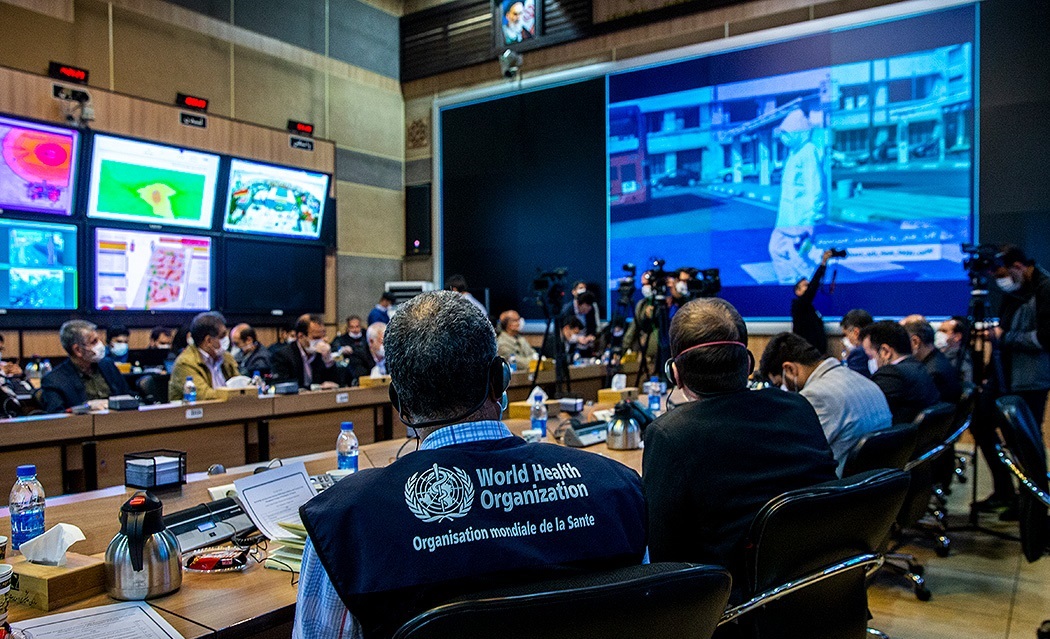
WHO (World Health Organization) headquarters. Photo by Fars Media Corporation, CC BY 4.0 via Wikimedia Commons
Today, it seems obvious that the global health pandemic is a crisis. Nothing could seem more natural or existential: the ultimate crisis for humans is not having an immune response to a virus. But actually, that isn’t true. We do have an immune response to COVID-19, an overwhelming one that can trigger a catastrophic response. The vaccine depends on retooling that immune response to meet the challenge of the COVID-19 virus.
So, is the global pandemic a proper crisis that threatens the very existence of the human species? And, if not, what kind of crisis is it?
The most obvious answer is that COVID-19 is a public health crisis: governments and medical institutions were not prepared to fend off this biological intruder.
But, as the anthropologists Andrew Lakoff and Stephen Collier have shown, theoretically, we were prepared for the pandemic. Lakoff describes the consolidation of what he calls the ‘global health security assemblage.’ He traces the emergence of ‘preparedness,’ a United States government strategy that was informed by practices from national civil defense, public management, and international public health.
The preparedness strategy also took into account a new notion of ‘emerging diseases.’ Lakoff notes that by the early 1980s, the HIV-AIDS pandemic put an end to expert assumptions that infectious diseases could be fully contained by public health measures. Thus — over four decades ago — the United States bio-security agencies concluded that a future global ecology would include the continual emergence of new diseases for which humans have no existing immunity.
Widespread pandemics, these experts imagined, might also occur through malevolent attacks. In the late 1990s, the US Bio-Defense Initiative prepared for an eventual bioterrorist attack focused on anthrax. Furthermore, as Lakoff documents in a second essay on the rise of ‘experimental virology’ as part of a pandemic preparedness strategy, funding for basic research also became a significant component of preparedness: a $15 million budget in 2001 ballooned to $212 million in 2007.
An entire global biosecurity apparatus was put in place. Here is where important questions emerge. Did these preparations not apply to a phenomenon like COVID-19? Was COVID-19 a radically different virus or mode of infection that made the national global biosecurity apparatus in the United States ineffective or irrelevant?
Urban policy expert, Bryna Sanger, says no. ‘The COVID-19 crisis, despite its broad spread and massive economic impact, is not so different from many of the public health crises the United States has faced over the years,’ she observed in May 2020. ‘But the current environment of political denial, weak, and uneven policy response, poor and confusing communication, and contentious intergovernmental relations are predictable and typical threats to effective response. They are, in many ways, challenges of management and competence, more than they are failures of science or public health.’
The COVID-19 crisis is not, then, a failure of scientific preparedness. If science had failed, we would not have been able to sequence the COVID-19 genome or develop a vaccine. That would have been an epistemological crisis: our forms of knowledge would have failed us. Thankfully, they didn’t.
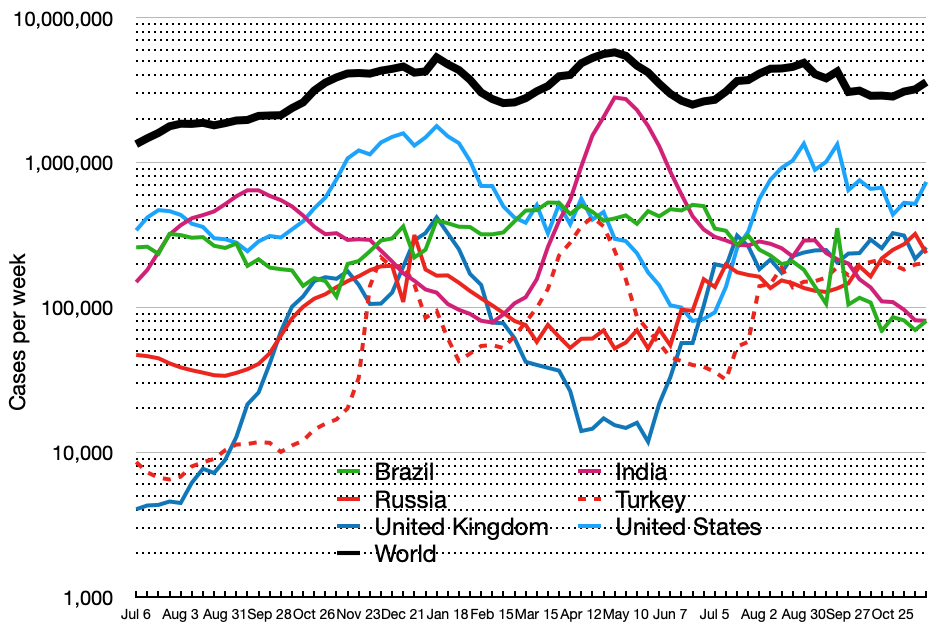
Semi-log plot of daily new cases of Covid-19 in the world and top 5 countries using a 3 day rolling average Photo by Chris55, CC BY-SA 4.0, via Wikimedia Commons
But there were numerous ‘challenges of management and competence.’ The Atlantic magazine’s account of ‘Why the Pandemic Experts Failed’ describes how the magazine’s temporary initiative, The COVID Tracking Project, became a crucial pandemic data-source for the US government due to the lack of standardized metrics for assessing the nature of cases and overall caseloads; a national system for testing; and the resulting inability to track data related to testing, hospitalizations, positivity rates, and death tolls. This wasn’t merely a lack of administrative capacity, but a problem of data design. As The Atlantic journalists and their team described it, lack of capacity was matched by an ‘obsessive’ production of data in the American national health system that did not translate into actionable data that was useful for effective public health management.
As in the United States, in France and in Europe more broadly, entire governmental apparatuses for managing an acute pandemic were actually in place by 2020. But even in France, where the quality of public infrastructure far surpasses the US, the ‘challenges of management and competence’ undermined pandemic preparedness.
The result was, as one set of experts described it, ‘une crise organisationnelle,’ or institutional crisis. These experts show how the nature of the regime in power structured the response to a public health emergency: in France, protracted and widespread strikes against reforms shaped the Macron government’s COVID-19 strategy, causing the government to diverge from the preparedness map. Bureaucratic fragmentation — the formation of ad hoc committees, the challenges of ‘coordinating coordination’ between agencies and newly created advisory units, and organizational drift — led the government to particular, and often ineffective, responses to the pandemic.
In other words, institutional dynamics generated a particular crisis, triggered by the need to manage the COVID-19 virus, but not caused by the virus itself.
Most importantly, as Henri Bergeron, Olivier Borraz, Patrick Castel, and François Dedieu show, in Europe (as in the United States and elsewhere, such as Australia), preparing for pandemic risk had been displaced by defending against terrorism. The focus on terrorism as a primary threat has become a normative function of governments that now put geopolitical questions relating to migration, refugees, and immigration above national health and welfare.
This focus speaks to the question of what is at stake in the claim to crisis stemming from COVID-19.

Photo by EelamStyleZ, CC BY-SA 4.0, via Wikimedia Commons
Crisis thinking is a form of framing, and framing matters. Frames create the boundaries for inclusion and exclusion; they delineate targets for intervention and the limits of our knowledge.
Through data sets and statistical models, the virus and the pandemic were both largely produced as objects of knowledge and intervention informed by the idea of biological security. Government health experts used modelling to decide between strategies: for example, mitigation or suppression? But such models are also framing devices, based on different assumptions. What are the categories into which humans can be sorted, which in this case generally consisted of ‘susceptible, infected, recovered?’ While models necessarily reduce complex subjects to single categories, they also eliminate and simplify the social interactions that are relevant to a human pandemic.
Framing can also be visual, as governments and the media attempt to convey information. The COVID-19 pandemic has been shown to us almost exclusively as a statistical visualization made of curves and waves. These images, or ‘wave narratives,’ give shape to what we can’t see, serving as both predictive devices and persuasive techniques. These statistical models and visualizations generate truth claims and occlude alternative assumptions about what to represent, how to represent it, and how to mobilize or act upon those representations.
These models were debated, but these debates had little impact on government interventions or the larger public. By reducing heterogeneity, static models reduced complexity and hence the capacity to pursue alternative framings and pathways. What remained dominant as a frame was the ‘contamination view,’ a focus on the transmission ‘of morbid material’ between humans, when the ‘configuration view,’ which takes into account the larger ecology of viral life, remained a viable alternative framing.
Thus, COVID-19 was consistently narrated as an epidemiological crisis, foreclosing its representation as a complex, mutually constituted epidemiological and socio-economic phenomenon, as a matter of human welfare and not only biological security.
Seen this way, the question arises: what best represents human security?
To answer that question, we can’t blindly accept declarations of crisis. This doesn’t mean that they aren’t true, it just implies a commitment to investigate the formulation of the claim to crisis and terms of the crisis. It’s also a commitment to act based on the understanding that the declaration of a crisis requires an assessment of its consequences for, and effects on, different populations and communities.
European social theory tells us that ‘crisis’ implies a turning point because it involves epistemological transformation. But is that always true? When a crisis is declared, to what extent is it part of a normative transformation, or the emergence of novel normative standards? If the COVID-19 pandemic is a crisis, certain truth claimsno longer hold. Is that the case?
Perhaps it’s still too soon to say. Perhaps patents for vaccines will become a contested legal category, affirming the transformation of truth claims about property rights and human welfare. And perhaps a global vaccination campaign that is financed and managed on a global scale will become standard practice in years to come.
Perhaps. However, we can see quite distinctly how, in the case of COVID-19, the crisis claim has implicitly reconfirmed norms about public health and human security. In that case, there is no epistemological transformation — no new truth claims.
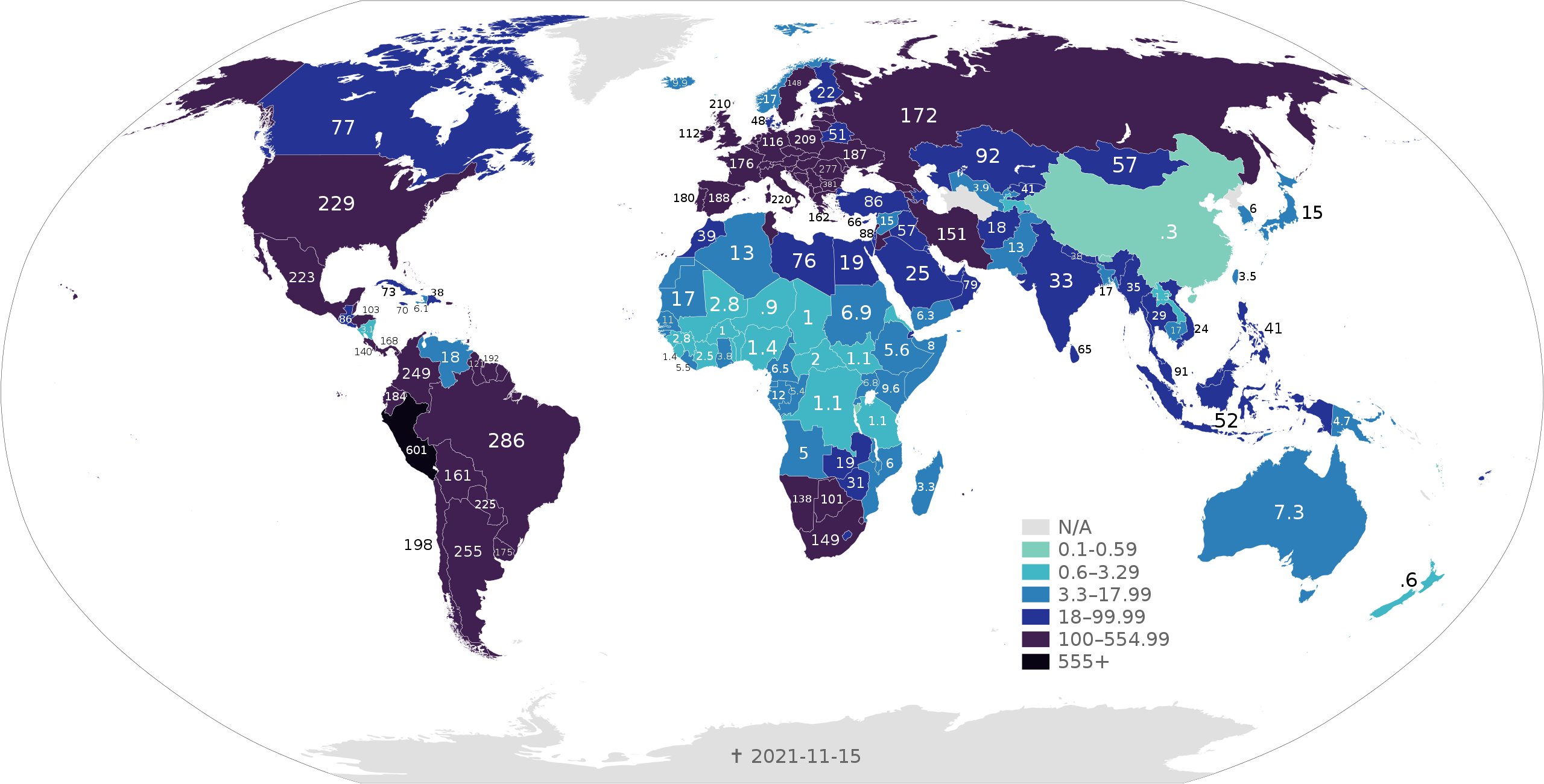
COVID-19 Outbreak World Map Total Deaths per Capita
Photo by Dan Polansky and authors of File:BlankMap-World.svg., CC BY-SA 4.0 via Wikimedia Commons
We just have to look at the United States, where the crisis claim is implicated in very serious and deep racial and socio-economic disparities in public health and welfare. Unfortunately, these are not exceptional or new — they are the norm. These disparities include differences in living and labor conditions, and differential access to medical care. The response to COVID-19 as a public health crisis did not produce significant initiatives to address those structural inequities. Yes, the 2021 American Rescue Plan Act, which put money directly into American pockets, will reduce the poverty rate from an estimated 2018 rate of 13.9% to a projected 2021 rate of 7.7%. But these relief programs will end; the structural causes of poverty and poor welfare outcomes remain.
But public welfare is not a core feature of pandemic preparedness. It is not included in the Global Health Security Index, the standard bearer for benchmarking different countries for their respective capacities to manage ‘catastrophic biological events.’ Despite grossly widening socio-economic inequalities both within nations and across the globe, and despite all the suffering and ongoing bereavement, human security defined in terms of public welfare has not emerged as a new normative regime.
So is the COVID-19 pandemic a crisis? Or is the problem our governance regimes singularly focus on biological security and bio-defence, thus failing to put public health and welfare at the foundation of human security.
This article was published by Public Seminar on 4 November 2021. A longer version of this essay was published in French by AOC Media. The long English version can be found here.
Published 24 November 2021
Original in English
First published by Public Seminar, 4 November 2021
Contributed by Public Seminar © Janet Roitman / Public Seminar / Eurozine
PDF/PRINTIn collaboration with
In focal points
Newsletter
Subscribe to know what’s worth thinking about.
Related Articles

Reintegrating Russian-speaking Ukrainians into the ‘Motherland’ – one of Putin’s central pretexts for war – has impacted a sharp counter reaction: many are abandoning their mother tongue, reaffirming their Ukrainian identity. Could Ukraine be headed for monolingualism after centuries of multi-language cultural exchange?
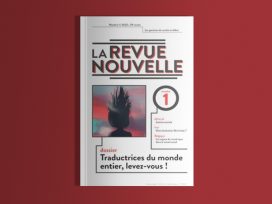
Translators of the world, unite!
La Revue Nouvelle 1/2023
On translation as politicized practice: domestication versus foreignization; degendering and resistance; and the risks of translating feminist sociology back into Farsi.
